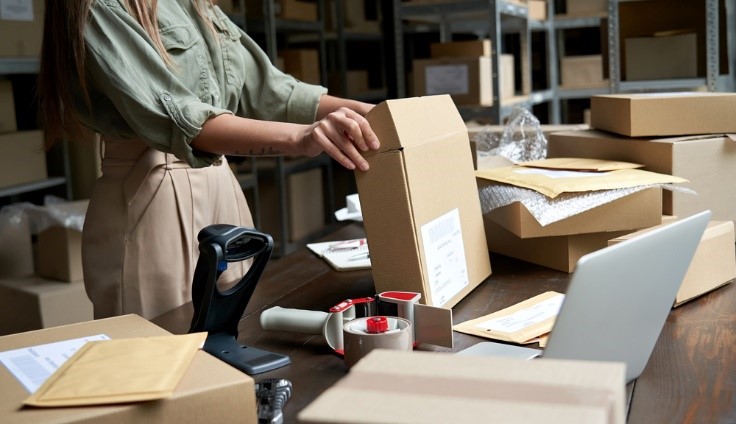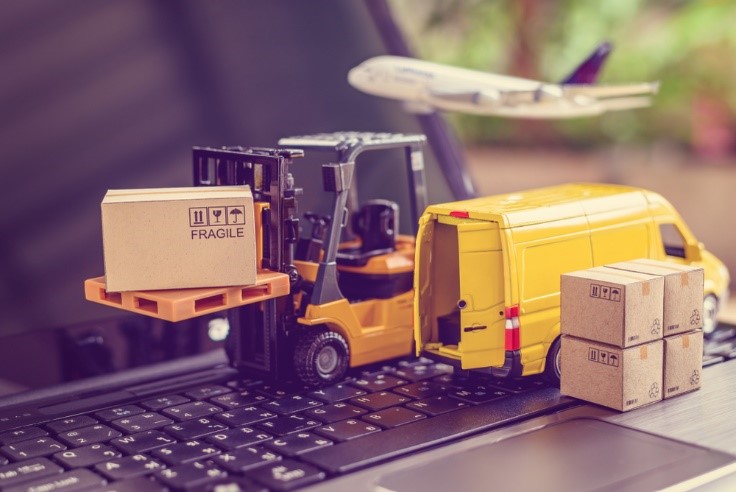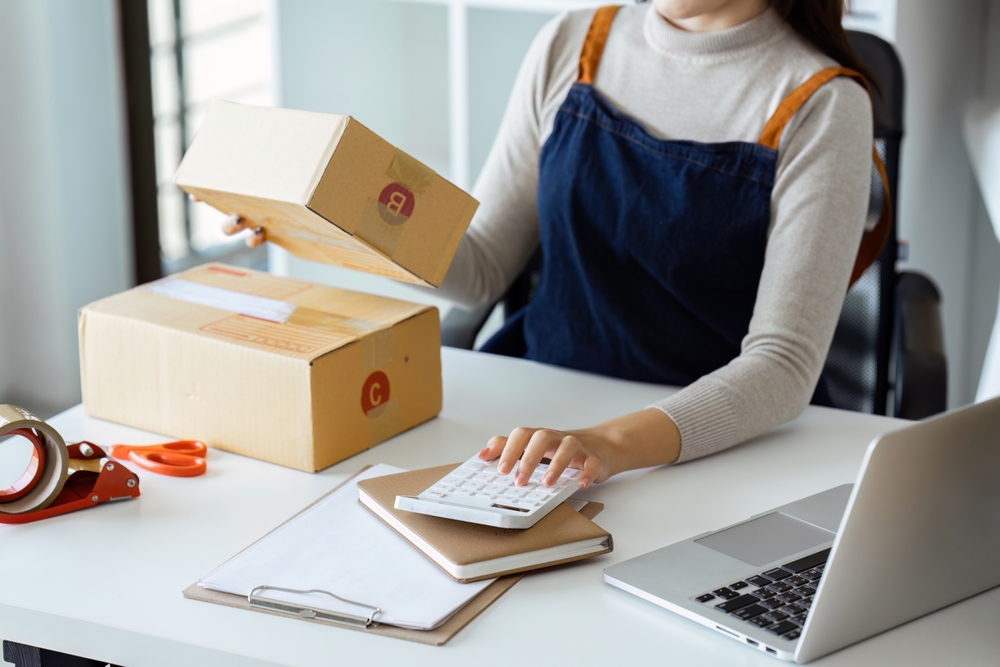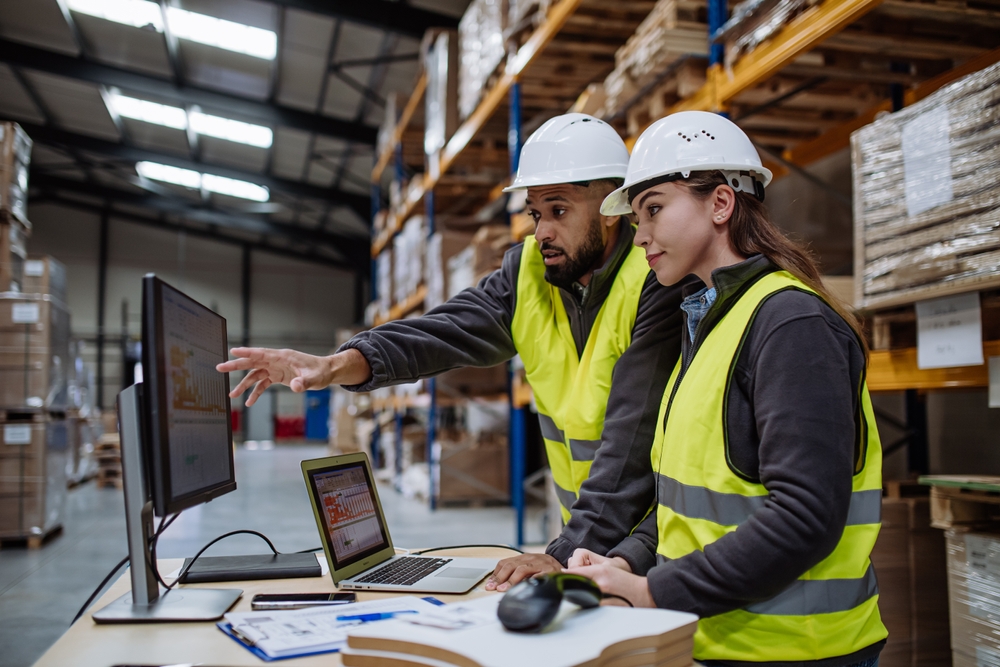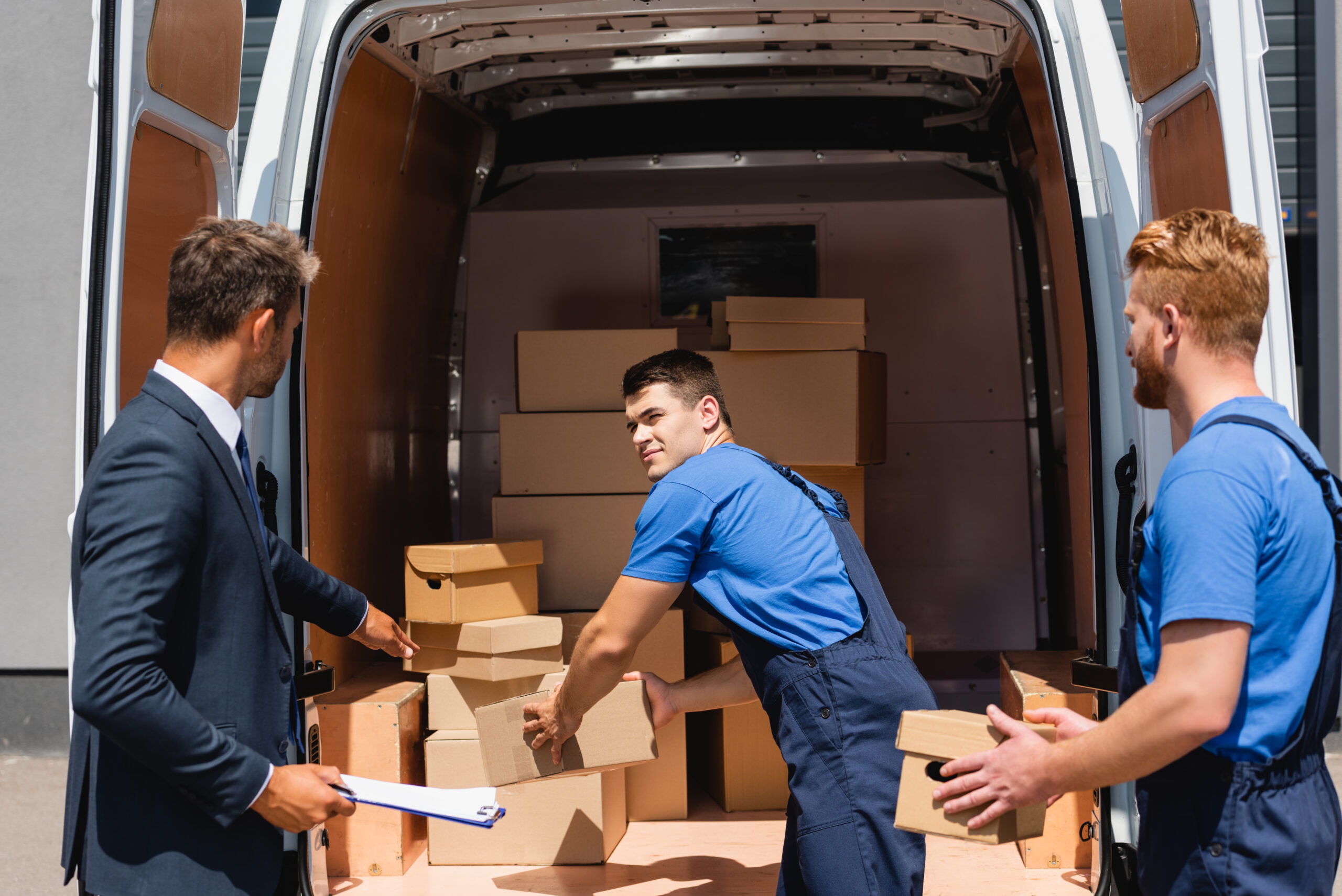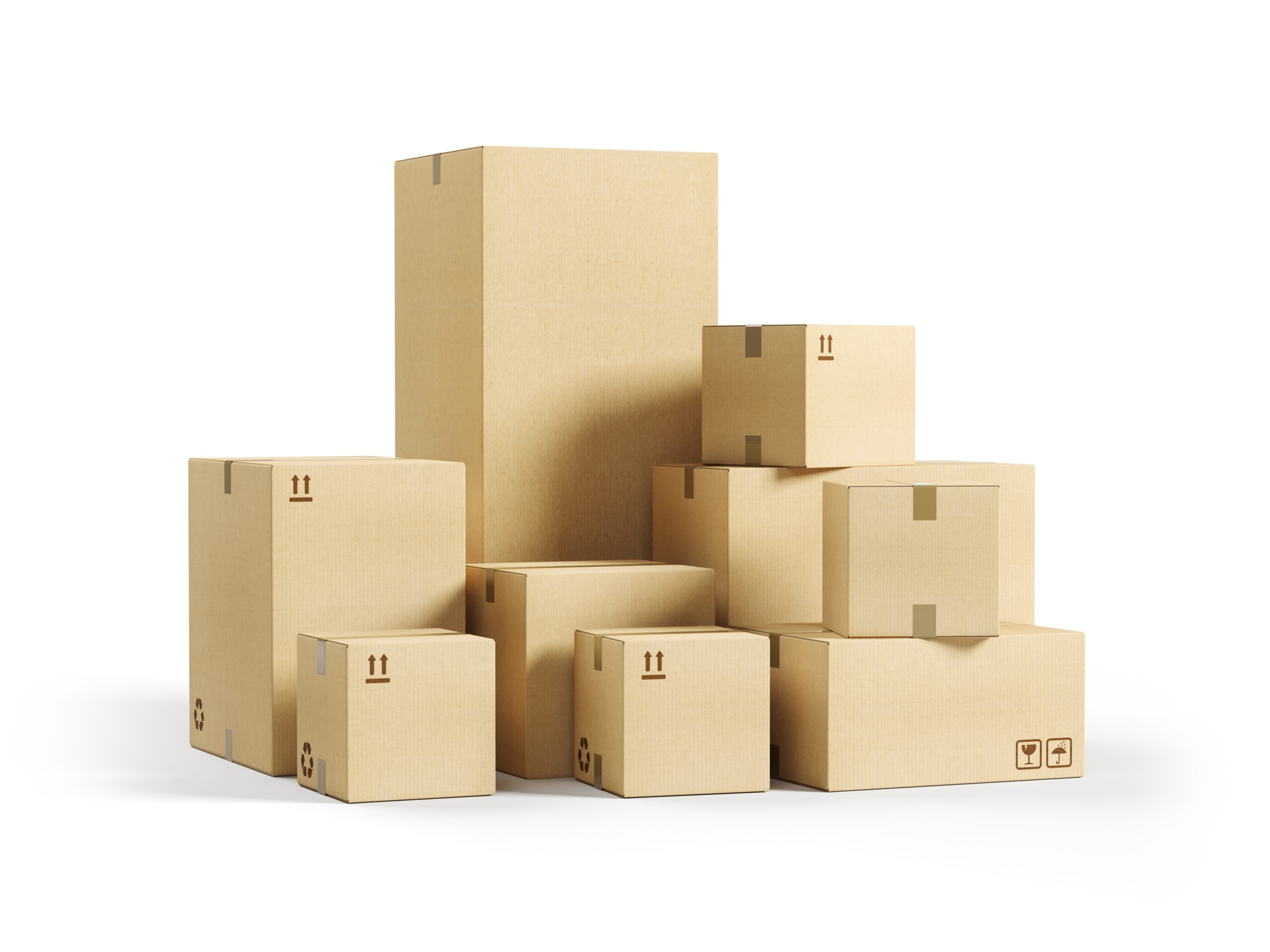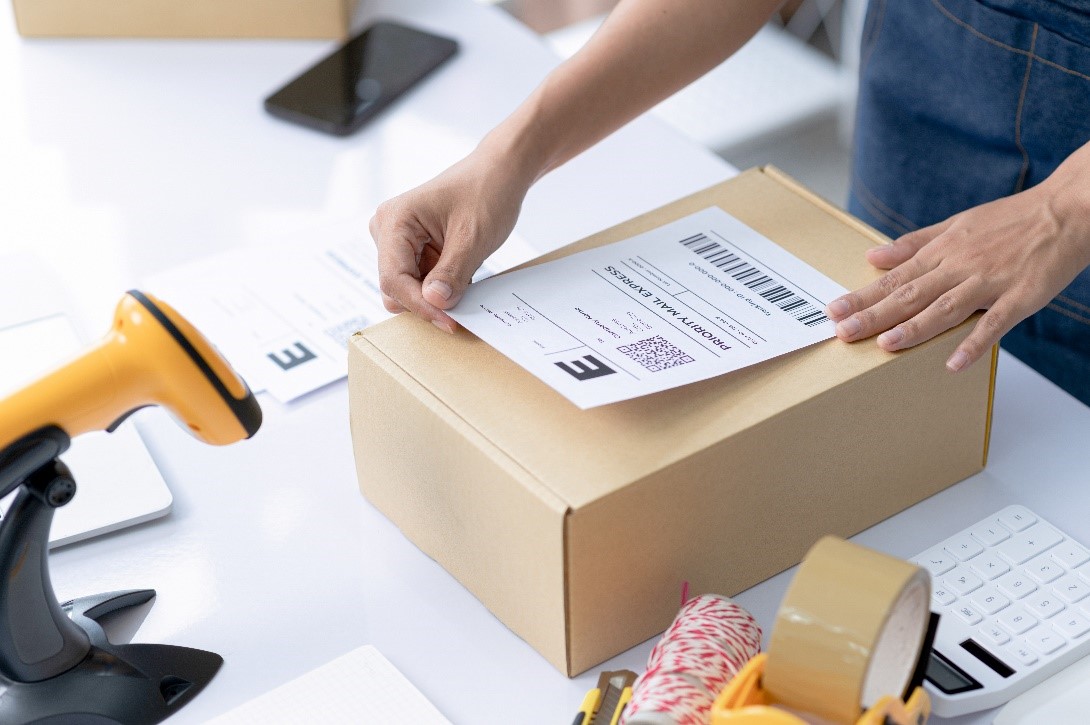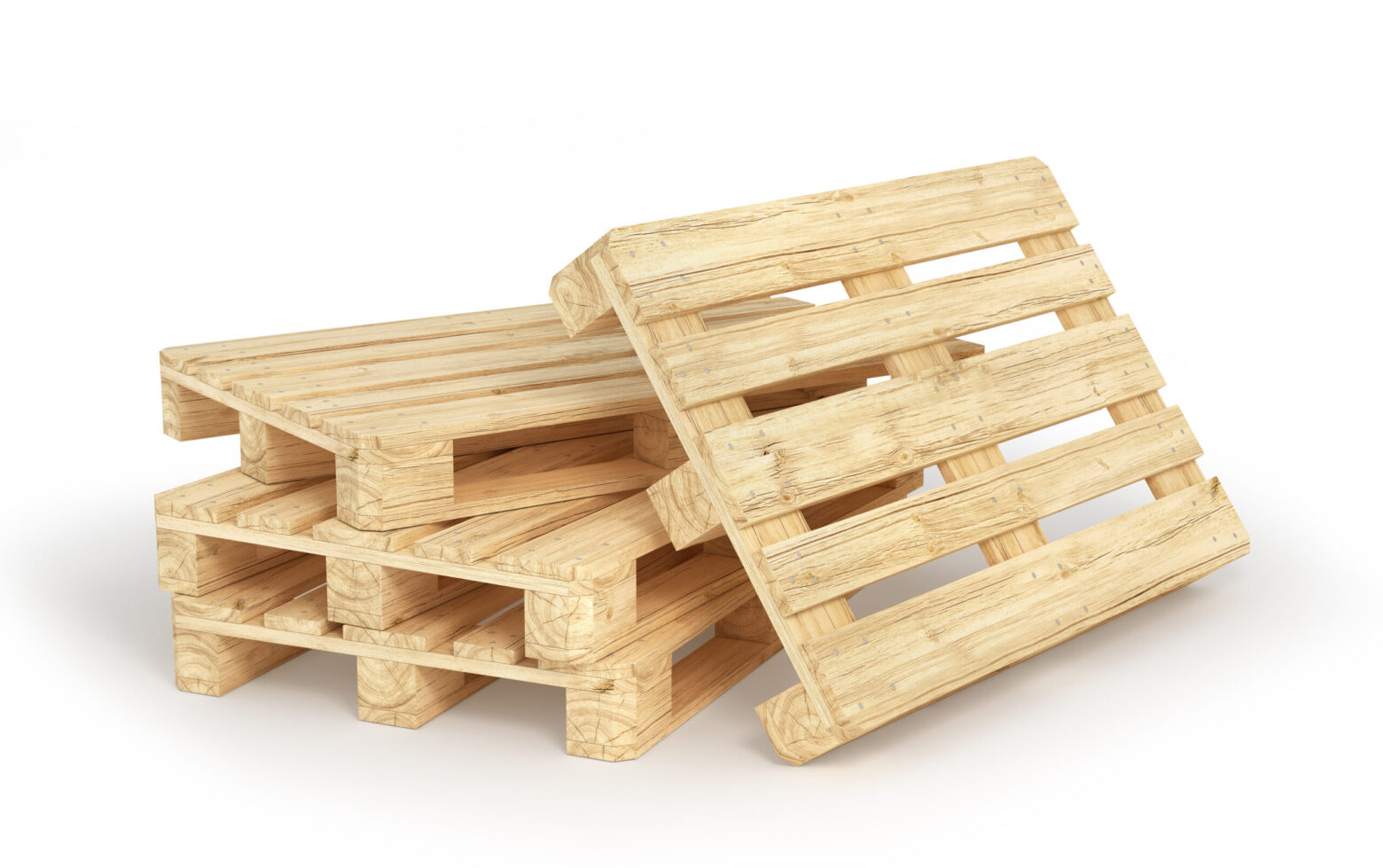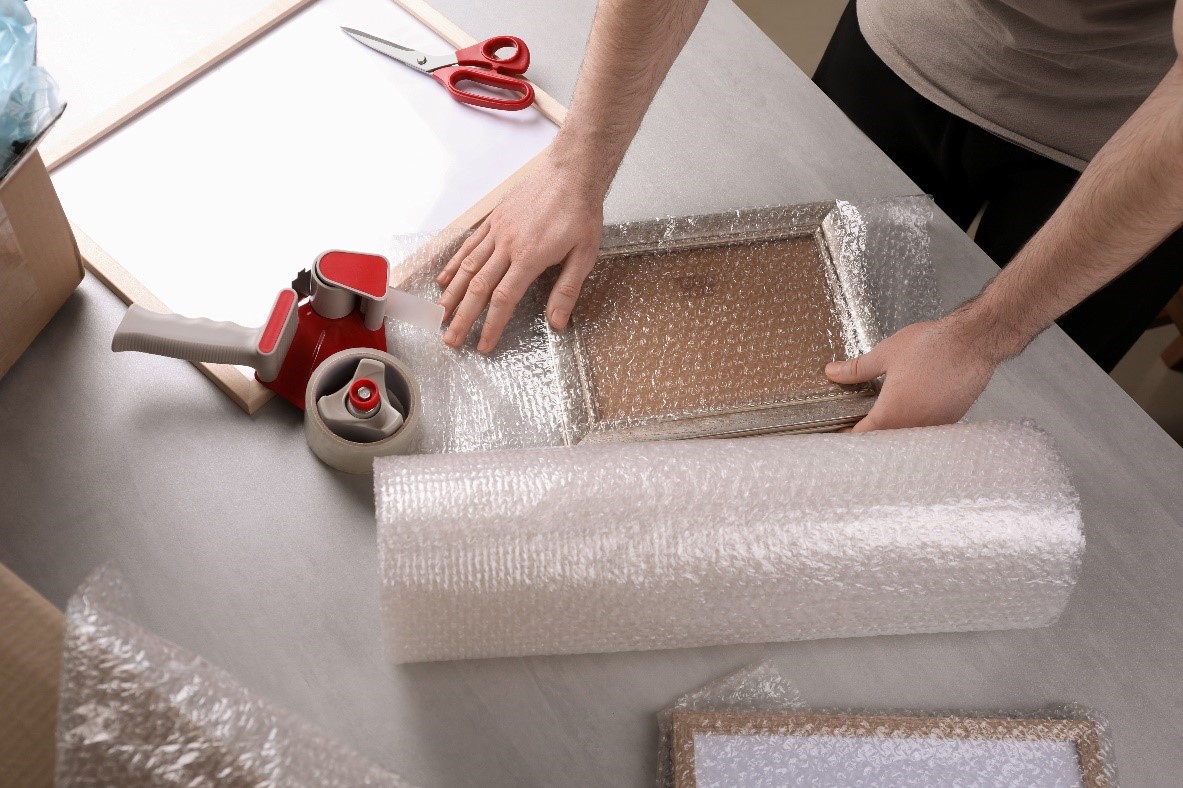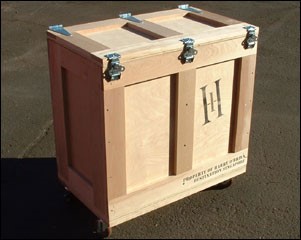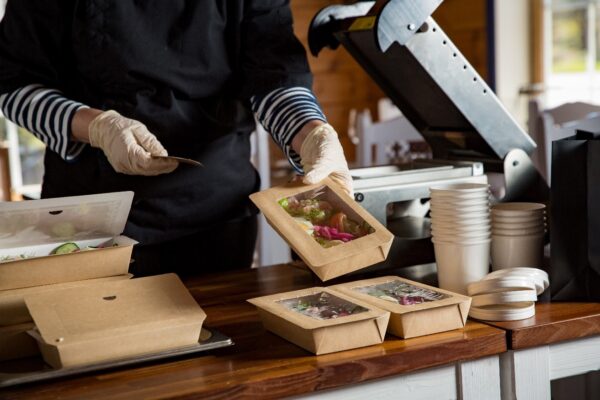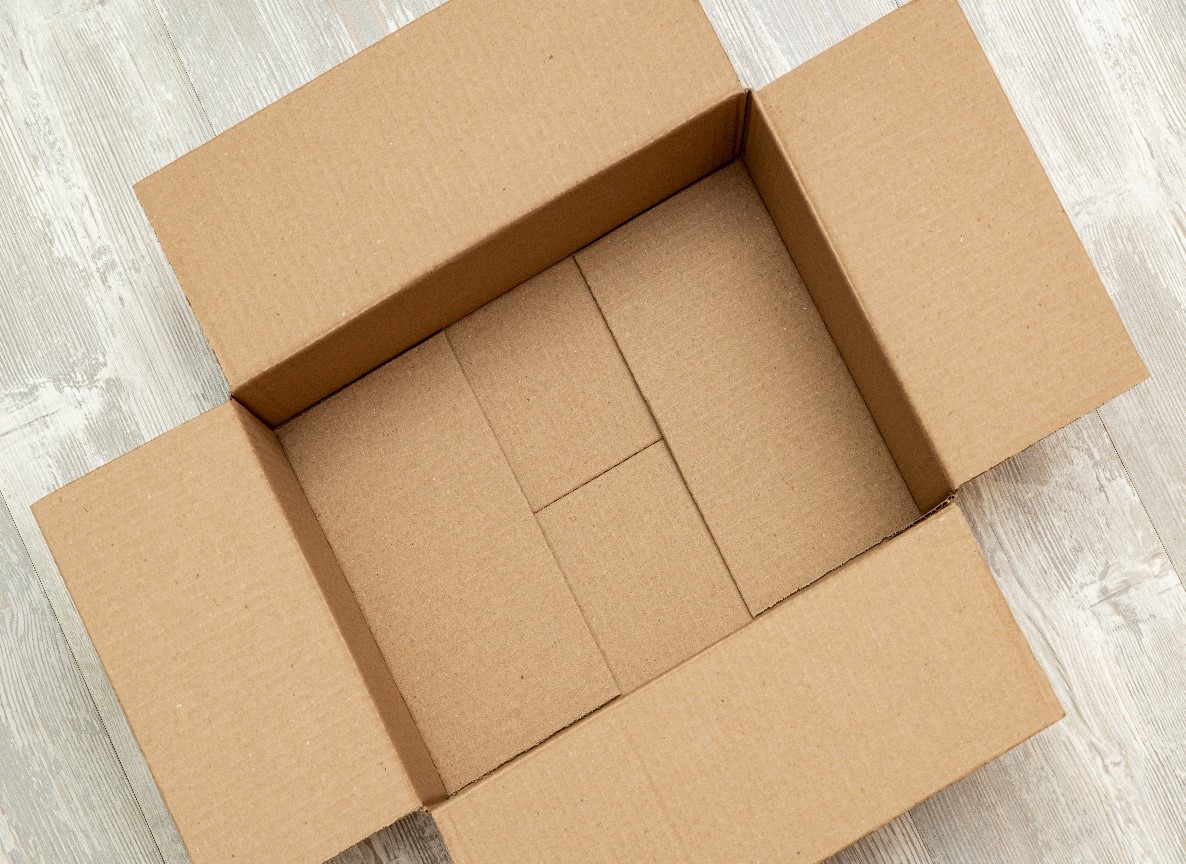A Guide to Choosing the Right Custom Box Insert Material
March 26, 2025When shipping fragile or high value products, packaging isn’t just about the box- it’s about what’s inside too. Custom box insert keep products secure, enhance presentation, and create a great unboxing experience. But with so many options, how do you pick the right one? Why Custom Box Insert Matter Think of custom inserts as the backbone of protective packaging. They prevent movement, reduce damage, and make your product look great. Whether you’re shipping electronics, glassware, cosmetics, or promotional kits, choosing the right insert makes all the difference. Exploring Different Insert Materials Corrugated Cardboard Inserts Corrugated partitions and inserts are one of the most versatile choices. They are sturdy, lightweight, and designed to keep items separated, reducing movement during transit. This makes them ideal for shipping fragile products like glass bottles, ceramics, or electronics. They are also cost-effective and environmentally friendly, as they can be made from recycled materials. If you need a budget-friendly and protective option that’s easy to customize, corrugated inserts are a solid pick. Foam Inserts for Boxes Foam inserts are perfect for delicate and high-value products that need maximum cushioning. Manufacturers commonly use them for electronics, medical devices, and luxury items like perfumes or watches. They precisely…
Read More










